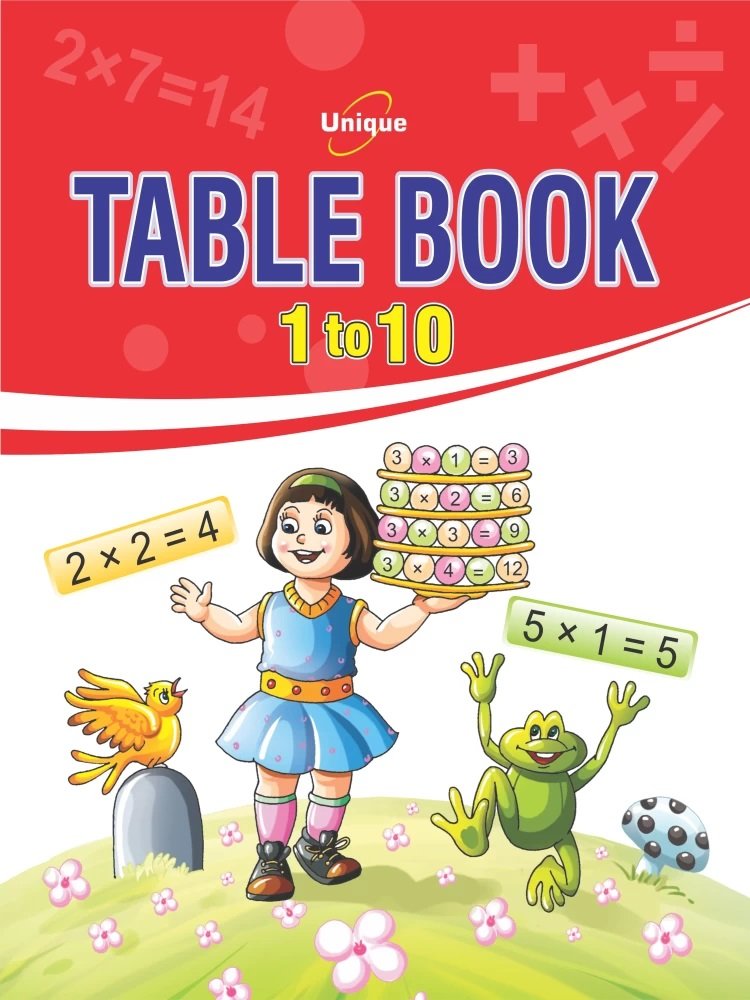Efficient organization of ideas and data plays a pivotal role in learning, research, and productivity. Keyword table books have become indispensable tools for students, professionals, and researchers, offering a structured way to manage vast information. This article explores the concept of the keyword table book, its significance, and how to use it effectively to simplify complex information.
What Is a Keyword Table Book?
The Foundation of Keyword Organization
A keyword table book is a systematic tool designed to arrange keywords, concepts, and their relationships in a tabular format. It acts as a bridge between raw data and actionable insights by simplifying the process of recalling, connecting, and understanding critical information. Unlike traditional note-taking, which often leads to scattered ideas, this method ensures clarity and cohesion.
By breaking down concepts into bite-sized keywords and categorizing them in a logical sequence, users can identify patterns and connections that might otherwise go unnoticed. This tool is particularly popular in education, where complex subjects require a structured approach for better comprehension.
Key Features of a Keyword Table Book
Simplified Information Management
One of the standout features of a keyword table book is its ability to condense large amounts of data into manageable pieces. It eliminates the clutter associated with lengthy notes, allowing users to focus on the most relevant details.
Customization and Flexibility
Keyword table books are not rigid in structure. They can be customized to suit individual preferences, whether you’re a student creating a study guide or a professional summarizing project details. This flexibility makes it a versatile tool across various domains.
Visual Representation of Ideas
The tabular format enhances the visual organization of information. Columns and rows create a grid-like structure that makes it easier to locate specific details, compare related concepts, or track progress over time.
Why Is a Keyword Table Book Important?
Enhancing Memory Retention
Research suggests that organizing information visually or in a structured manner aids memory retention. By summarizing content into keywords and categorizing it in a table, the brain can process and recall data more effectively. This is especially beneficial for students preparing for exams or professionals handling multiple projects.
Promoting Analytical Thinking
Keyword table books encourage users to think critically. Rather than merely jotting down information, you analyze its significance and relevance. This process sharpens analytical skills, making it easier to draw meaningful conclusions.
Saving Time and Effort
Time management is crucial in academic and professional settings. By using a keyword table book, you reduce the time spent searching for specific information, as everything is systematically organized.
How to Create a Keyword Table Book
Step 1: Choose a Format
Before starting, decide whether you’ll use a physical notebook or a digital platform. Digital tools like spreadsheets or specialized apps offer features like search functions, while physical books provide a tactile experience.
Step 2: Define Categories
Identify the key categories or themes related to your topic. For example, if you’re studying biology, your categories could include terms like “cell structure,” “genetics,” and “evolution.” Each category acts as a heading under which related keywords will be listed.
Step 3: Input Keywords
List the relevant keywords under each category. Ensure they are concise but descriptive enough to trigger recall. Avoid lengthy descriptions; focus on words or short phrases that summarize key ideas.
Step 4: Add Supporting Details
In adjacent columns or rows, include additional details like definitions, examples, or cross-references. This enriches your table with contextual information without overwhelming it.
Step 5: Review and Update Regularly
A keyword table book is a dynamic resource. Update it frequently to reflect new information or changes in your understanding. Regular reviews will keep the content relevant and useful.
Applications of Keyword Table Books
Education
In academics, keyword table books are invaluable for summarizing lessons, organizing research, or preparing for exams. Students can break down complex topics into manageable sections, making study sessions more efficient.
Professional Use
Professionals can use keyword table books to manage projects, brainstorm ideas, or track progress. For instance, a marketing team could categorize strategies, campaigns, and results in a keyword table for easy reference.
Personal Development
Even outside formal settings, keyword table books can aid personal growth. They can be used for goal setting, tracking habits, or planning activities, ensuring you stay organized and motivated.
Tips for Maximizing the Benefits of a Keyword Table Book
Be Consistent
Consistency in formatting and categorization is essential. Use the same structure throughout to maintain clarity and avoid confusion.
Use Visual Cues
Incorporate colors, symbols, or highlights to emphasize important details. Visual cues make it easier to locate critical information at a glance.
Keep It Simple
Avoid overloading your table with excessive details. Stick to the core ideas and use supplementary materials for in-depth explanations.
Common Mistakes to Avoid
Overcomplicating the Format
While customization is a strength, making your table too complex defeats its purpose. Stick to a straightforward design that prioritizes functionality.
Neglecting Regular Updates
A keyword table book becomes less effective if not updated regularly. Make it a habit to review and revise your entries periodically.
Focusing Too Much on Aesthetics
While visual appeal is important, spending too much time perfecting the design can take away from the content’s quality. Strike a balance between aesthetics and usability.
Final Thoughts: Why Every Learner and Professional Needs a Keyword Table Book
A keyword table book is more than just a tool; it’s a strategy for mastering information in an organized, efficient way. Whether you’re a student tackling challenging subjects, a professional managing multiple responsibilities, or someone looking to stay organized in daily life, this resource offers unparalleled benefits.
By following the steps outlined in this article and avoiding common pitfalls, you can unlock the full potential of this powerful method. Investing time in creating and maintaining a keyword table book can revolutionize how you learn, work, and achieve your goals.
